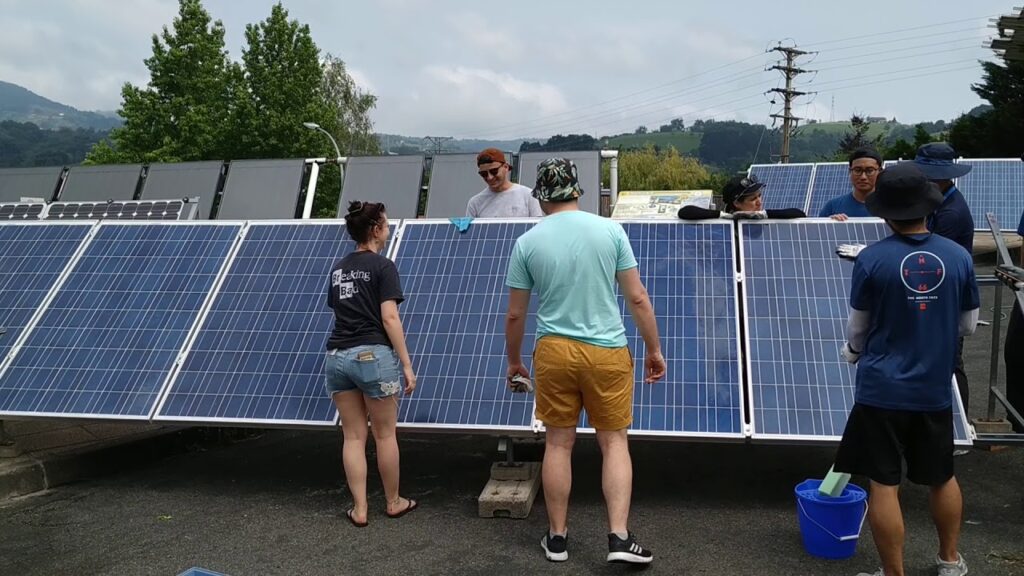Solar panels are designed to be durable and have a long operational lifespan, but over time, certain components can experience aging and degradation.
- Solar Cells: The solar cells themselves are at the core of a solar panel’s energy generation. Over time, solar cells can degrade due to a variety of factors, including exposure to sunlight, temperature fluctuations, and the accumulation of microcracks. This degradation can lead to a decrease in the panel’s overall efficiency.
- Encapsulation Materials: The Ethylene Vinyl Acetate (EVA) or other encapsulation materials used to protect and seal the solar cells can degrade over time due to exposure to UV radiation, moisture, and temperature changes. As these materials degrade, they might become less effective at protecting the solar cells from environmental factors.
- Backsheet: The backsheet of a solar panel is a protective layer on the backside of the panel. It is typically made from materials like Tedlar, TPT (Tedlar-PET-Tedlar), or other polymer films. Over time, the backsheet can deteriorate due to UV exposure, moisture penetration, and thermal stress. Damaged or degraded backsheets can lead to performance and safety issues.
- Frame and Mounting: The aluminum frame that holds the solar panel components together and the mounting system that attaches the panel to a surface can also age and degrade. Exposure to weather conditions, temperature fluctuations, and mechanical stresses can cause corrosion, warping, and other structural issues.
- Electrical Components: The wiring, junction boxes, and other electrical components within the solar panel can experience wear and tear over time. Loose connections, corrosion, and other electrical issues can arise, affecting the panel’s overall performance and safety.
- Glass: The glass covering the front of the solar panel can accumulate dirt, debris, and mineral deposits over time, reducing the amount of sunlight that reaches the solar cells. Regular cleaning can help mitigate this issue.
- Microcracks: Microcracks can develop in the solar cells or the encapsulation materials over time due to thermal expansion and contraction, mechanical stresses, and other factors. These microcracks can reduce the efficiency of the solar cells and potentially lead to electrical issues.
- Potential Induced Degradation (PID): PID is a phenomenon where the voltage potential between the solar cells and the frame of the panel causes a degradation in performance. PID can occur due to high humidity, temperature, and system design factors.
To mitigate the effects of aging and degradation, regular maintenance and proper installation practices are essential. Many reputable solar panels come with warranties that cover performance degradation over time, providing some assurance of the panel’s expected lifespan and performance.


